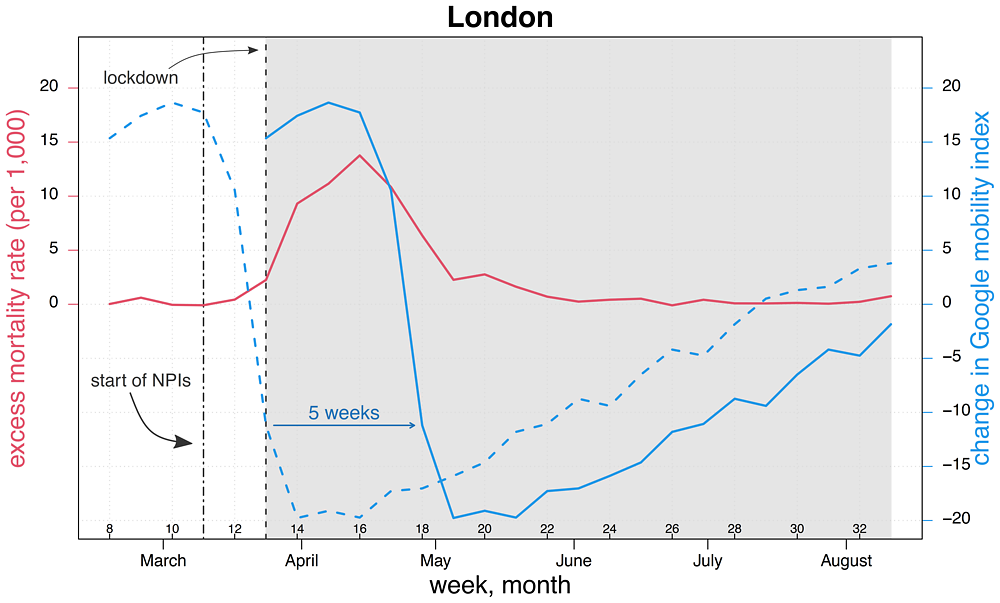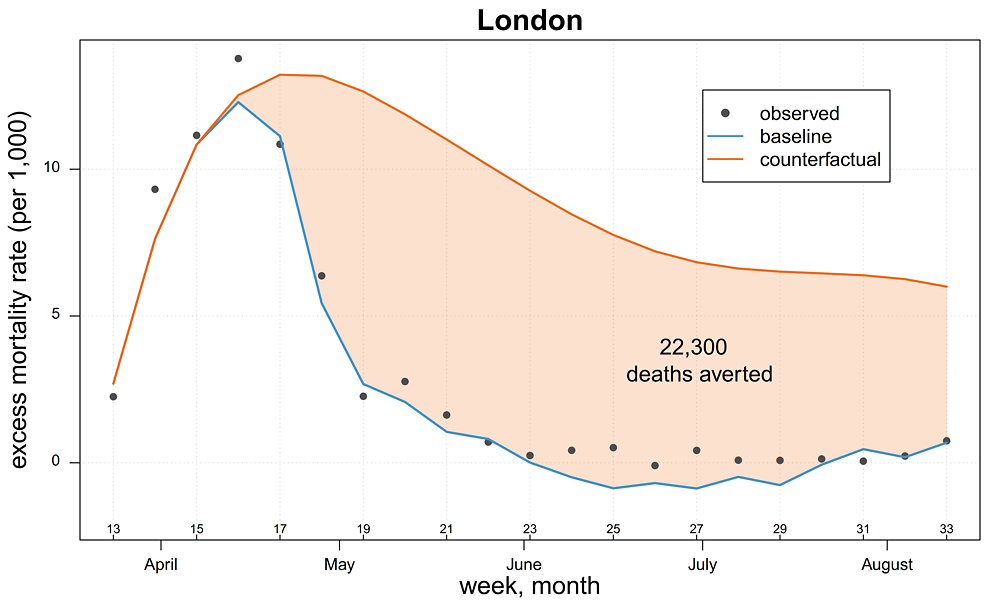Arbeitsbereich
Bevölkerungsdynamik und Nachhaltiges Wohlbefinden
Auf einen Blick
Projekte
Publikationen
Team
Projekt
The Interplay Between Population and Infectious Disease Dynamics
Daniela Perrotta, Emanuele Del Fava; in Zusammenarbeit mit Alessia Melegaro (Bocconi University, Milan, Italien), Daniela Paolotti (ISI Foundation, Institute for Scientific Interchange, Torino, Italien)
Ausführliche Beschreibung
Infectious diseases have always been a great concern to humankind. Throughout history, we have repeatedly witnessed the emergence (or reemergence) of many infectious diseases, sometimes resulting in devastating epidemics. The Ebola outbreak from 2014 to 2016, the Zika outbreak from 2015 to 2016, and the COVID-19 pandemic are only a few examples. Monitoring, modeling, and predicting the spatiotemporal evolution of disease activity, and understanding potential behavioral changes in the population thus are paramount for rapid responses to diseases and evidence-based decision-making. In this context, modern epidemiology in recent years has witnessed a revolution in practices that has led to approaches that leverage the availability of massive amounts of digital data records to provide insights into disease outbreaks and related events around the world.
One of our aims is to leverage digital trace data and new data-collection schemes, along with mathematical and computational models, to provide novel insights into the analysis of various infectious diseases. In this regard, we developed primary data collection schemes to investigate the relationship between (changing) population structures and social contact patterns, which are fundamental for the transmission of infections (Del Fava et al. 2021). Moreover, leveraging publicly available indicators of mobility generated from mobile phone use, we analyzed the relationship between excess mortality and human mobility. Specifically, we investigated the effectiveness of early public health interventions in curbing the spread of SARS-CoV-2 in the United Kingdom (Basellini et al. 2021). Further, following theories that explain health-related behaviors, such as the health belief model, we use online survey data to assess the behavioral changes of individuals in response to disease outbreaks, such as influenza-like-illness (Gozzi et al. 2020) or COVID-19. Similarly, we plan to use large-scale cross-national surveys to improve our understanding of the sociodemographic, economic, and health-related factors that might impact vaccination behaviors in the population. This research line that also includes primary data collection contributes to the growing set of empirical studies devoted to the data-driven characterization of populations’ behavioral changes induced by infectious diseases.
Decrease of excess mortality rates in London following reductions in human mobility during the early phase of the COVID-19 pandemic.


The relationship between excess mortality and changes in human mobility (left) reveals the projected estimates of deaths saved (right) in London thanks to the public health interventions enforced during the first wave of the COVID-19 pandemic in 2020. © Basellini, U.; Alburez-Gutierrez, D.; Del Fava, E.; Perrotta, D.; Bonetti, M.; Camarda, C. G.; Zagheni, E. Linking excess mortality to mobility data during the ?rst wave of COVID-19 in England and Wales SSM-Population Health 14, 1–18. (2021)
Daten und Erhebungen, Gesundheitsversorgung, Public Health, Medizin und Epidemiologie
Publikationen
Klein, J. D.:
medRxiv preprints. unpublished. (2025)

De Gaetano, A.; Bajardi, P.; Gozzi, N.; Perra, N.; Perrotta, D.; Paolotti, D.:
JMIR preprints 47563. unpublished. (2023)

De Gaetano, A.; Bajardi, P.; Gozzi, N.; Perra, N.; Perrotta, D.; Paolotti, D.:
Journal of Medical Internet Research 25, e47563–e47563. (2023)

Perrotta, D.; Frias-Martinez, E.; Pastore y Piontti, A.; Zhang, Q.; Luengo-Oroz, M.; Paolotti, D.; Tizzoni, M.; Vespignani, A.:
PLOS Neglected Tropical Diseases 16:7, e0010565–e0010565. (2022)

Basellini, U.; Alburez-Gutierrez, D.; Del Fava, E.; Perrotta, D.; Bonetti, M.; Camarda, C. G.; Zagheni, E.:
SSM-Population Health 14:100799, 1–18. (2021)

Del Fava, E.; Adema, I.; Kiti, M. C.; Poletti, P.; Merler, S.; Nokes, D. J.; Manfredi, P.; Melegaro, A.:
medRxiv preprints. unpublished. (2021)

Del Fava, E.; Adema, I.; Kiti, M. C.; Poletti, P.; Merler, S.; Nokes, D. J.; Manfredi, P.; Melegaro, A.:
Scientific Reports 11:21589, 1–13. (2021)

Perrotta, D.; Frias-Martinez, E.; Pastore y Piontti, A.; Zhang, Q.; Luengo-Oroz, M.; Paolotti, D.; Tizzoni, M.; Vespignani, A.:
medRxiv preprints. unpublished. (2021)

Gozzi, N.; Perrotta, D.; Paolotti, D.; Perra, N.:
PLOS Computational Biology 16:5, e1007879–e1007879. (2020)

Del Fava, E.; Shkedy, Z.:
In: Handbook of infectious disease data analysis, 1–24. New York: Taylor & Francis Group. (2019)